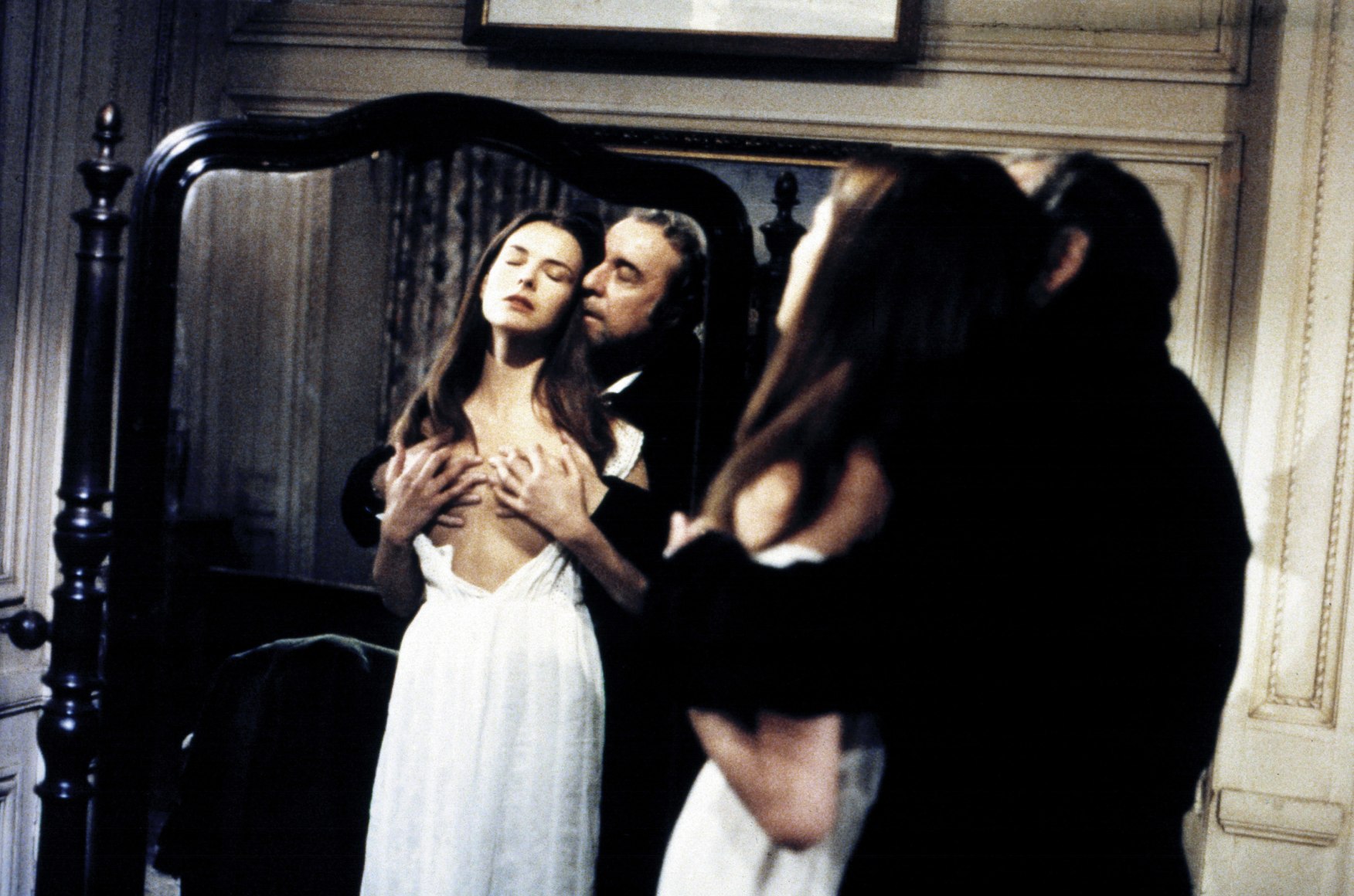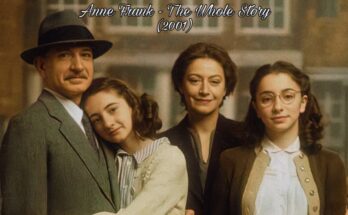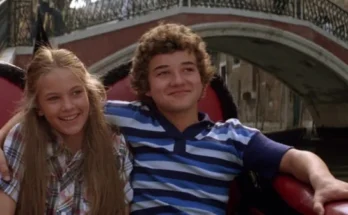That Obscure Object of Desire (1977), directed by Luis Buñuel, is a provocative, surreal exploration of obsession, desire, and the absurdities of human behavior. As Buñuel’s final film, it encapsulates his lifelong themes of irrationality, eroticism, and societal critique with sharp wit and dreamlike storytelling.
The film follows the aging Frenchman Mathieu (played by Fernando Rey), who becomes consumed by an enigmatic young woman named Conchita—portrayed, in a bold and famous artistic choice, by two different actresses: Carole Bouquet and Ángela Molina. This dual casting reflects the contradictory nature of Conchita—both seductive and withholding, vulnerable and manipulative—and the fractured way Mathieu perceives her.
Told mostly in flashback, the story begins with Mathieu abruptly throwing a bucket of water on a young woman before boarding a train. As shocked passengers demand an explanation, he recounts his frustrating pursuit of Conchita, which unfolds in a cyclical, often surreal narrative where love, control, and humiliation twist around each other.
Buñuel masterfully blurs the line between reality and illusion, lacing the film with bizarre interruptions—a bleeding sack, sudden acts of terrorism, and cryptic dialogues—all reinforcing the central idea that desire is elusive, and often self-destructive. The film’s humor is dry, the pacing deliberate, and the tone unsettling, drawing viewers into a world where logic dissolves beneath obsession.
A razor-sharp dissection of erotic power dynamics and the futility of male desire, That Obscure Object of Desire is as intellectually stimulating as it is emotionally disorienting. It remains a daring swan song from one of cinema’s most visionary auteurs—mysterious, darkly funny, and utterly unforgettable.



